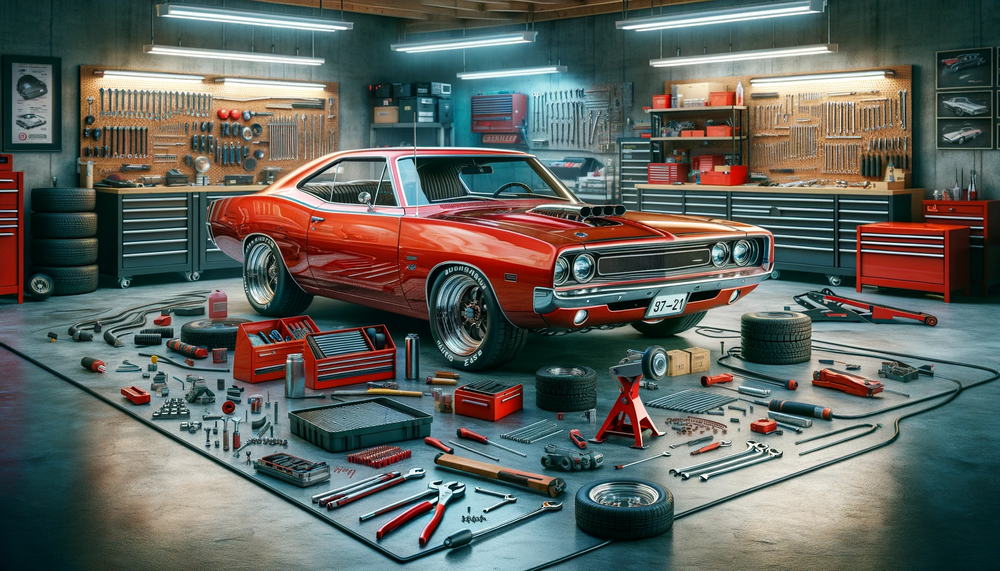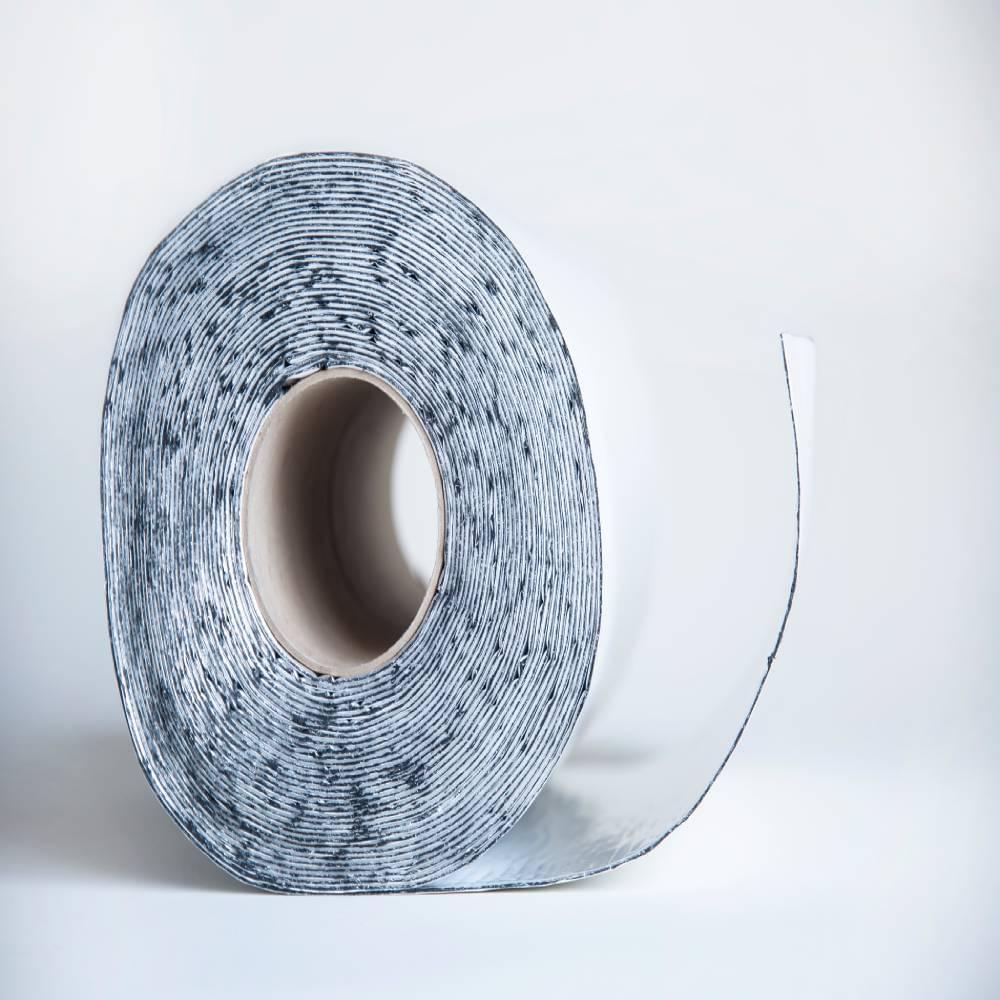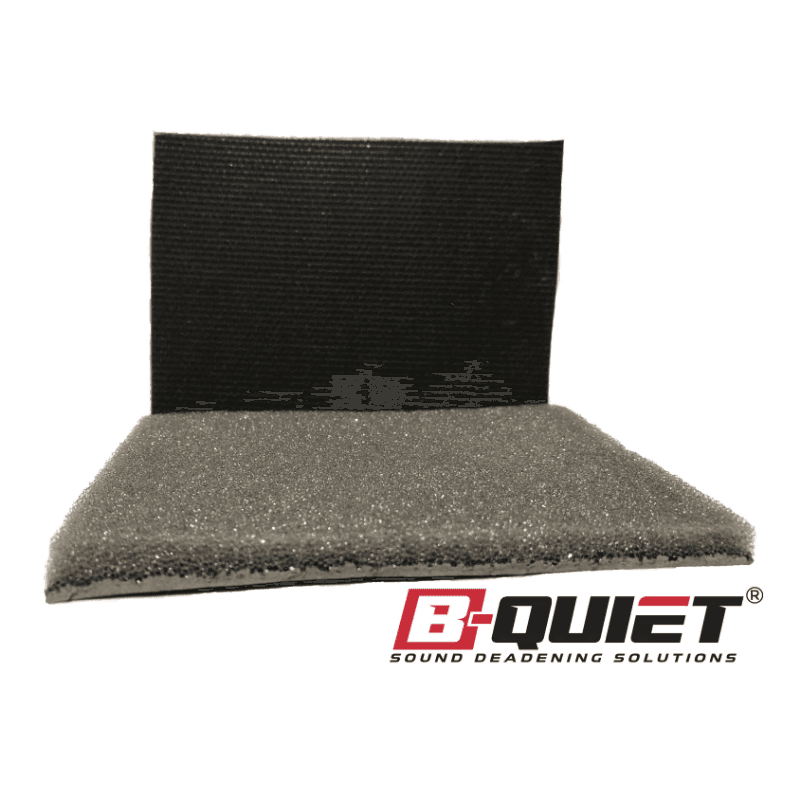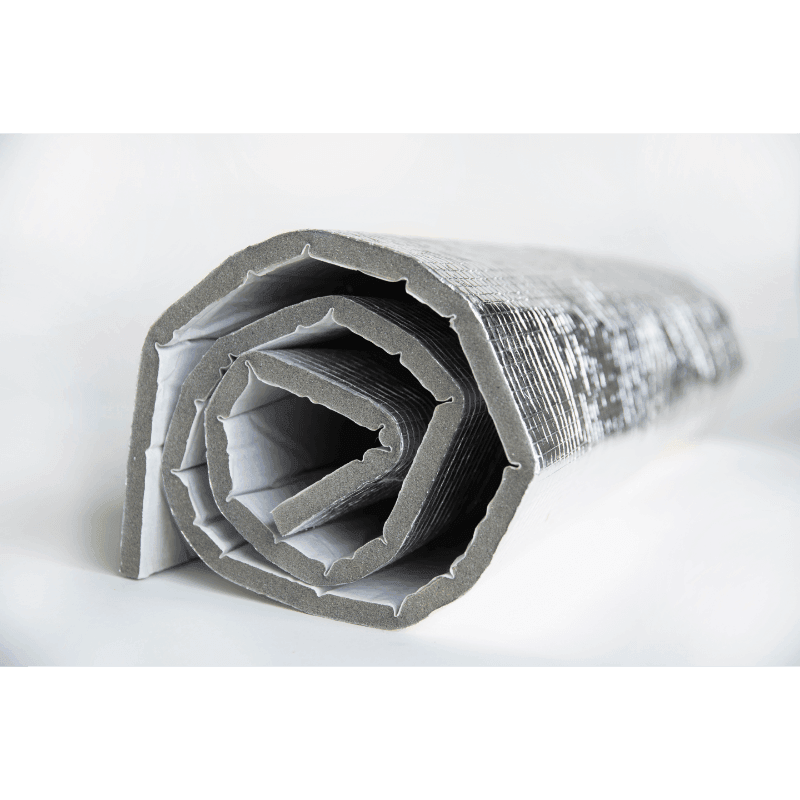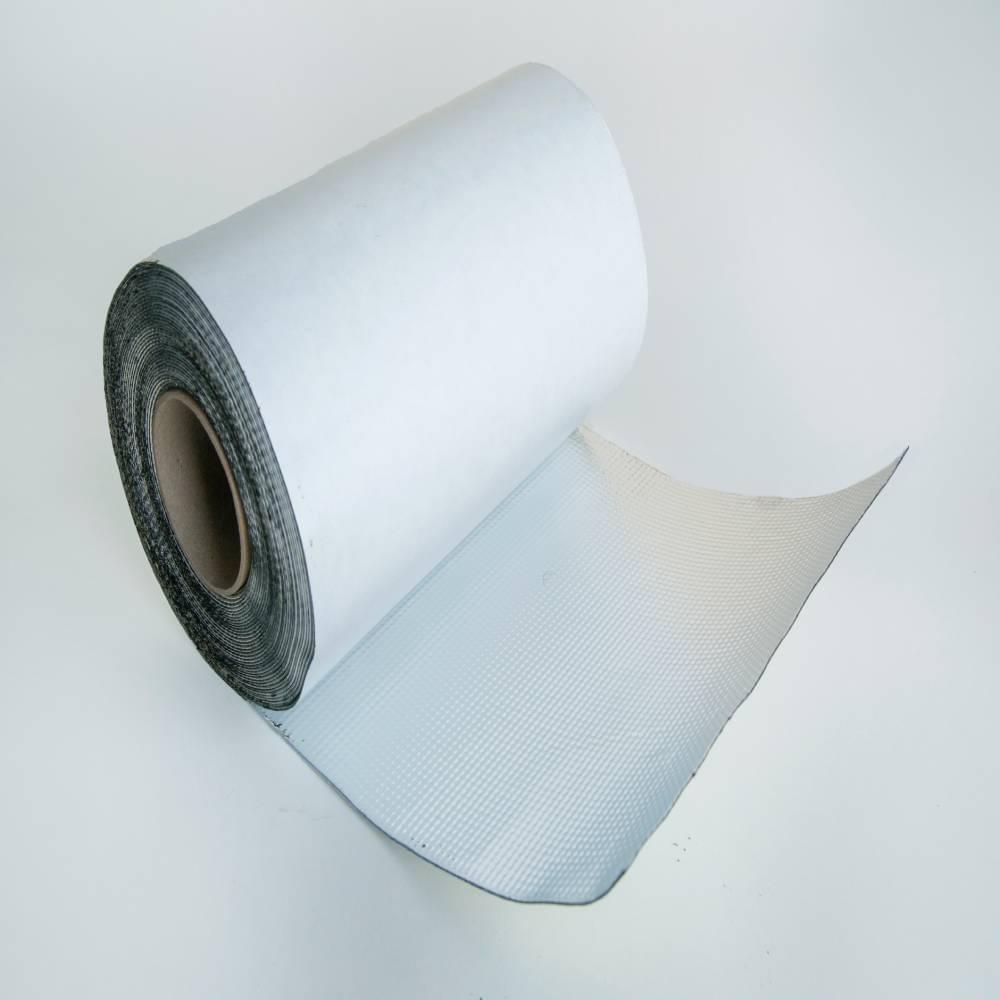Boost Your Vehicle's Audio Quality with Sound Deadening Solutions
For many drivers, a vehicle's audio system plays a significant role in the overall driving experience. From immersive podcasts to uplifting playlists, the sounds that keep us entertained during long commutes and road trips can truly make the journey more enjoyable. However, achieving the best audio quality possible within a vehicle can sometimes be a challenging feat. This is due to factors like road noise, engine vibrations, and the unique architecture of a vehicle's interior, which can all impact the performance of an audio system. The good news is that sound deadening materials can help mitigate these issues, ultimately enhancing your vehicle's audio quality and your listening experience. In this guide, we will explore the benefits of incorporating automotive sound deadening solutions and discuss the most effective techniques and materials for achieving optimal audio performance.
Undoubtedly, a high-quality audio system is only as good as the environment in which it operates. Thus, it's crucial to address any noise-related issues within your vehicle that may be negatively impacting the listening experience. This is particularly true for those who have invested in top-notch audio components, such as powerful subwoofers, tweeters, door speakers, and amplifiers. In order to fully appreciate the capabilities of these advanced systems, it's essential to create an acoustic environment that allows them to perform at their best. Sound deadening solutions specifically designed for automotive applications can help dampen excessive vibrations, insulate against external noise, and improve overall sound quality.
In the following sections, we will delve into the powerful advantages of automotive sound deadening solutions and explore the unique properties of various materials and techniques. From mass loaded vinyl (MLV) to butyl rubber and sound deadening mats, there are several options available to tackle your vehicle's unique acoustic challenges. With the right tools, materials, and strategies, you can upgrade your vehicle's audio experience and make every drive more enjoyable. Let's dive into the world of automotive sound deadening solutions and discover how to elevate your vehicle's audio performance today.
1: Understanding the Importance of Sound Deadening in Vehicles
To fully appreciate the benefits of automotive sound deadening solutions, it's essential to recognize the factors that can negatively impact your vehicle's audio performance. Some common issues include:
- Road Noise: As your vehicle travels along the road, the interaction between tires and pavement can produce a constant low-frequency rumble that masks the nuances of your audio system.
- Engine and Mechanical Vibrations: The mechanical components of your vehicle, including the engine, suspension, and driveshaft, can produce distracting vibrations that hinder your sound system's performance.
- Resonance and Reverberation: The metal body of your vehicle can amplify and resonate certain frequencies, causing unpleasant distortions or an imbalanced audio environment.
Addressing these challenges with targeted sound deadening techniques can dramatically improve your listening experience by eliminating unwanted distractions and enhancing audio clarity.
2: Key Areas to Target for Automotive Sound Deadening
In order to effectively address the factors mentioned above, it's crucial to target several key areas within your vehicle for sound deadening. These include:
- Doors: Sound deadening the doors can prevent road noise from penetrating the interior and dampen vibrations from the door speakers.
- Floor: Insulating the floor of your vehicle can substantially reduce road noise and create a more pleasant listening environment.
- Trunk: Applying sound deadening material to the trunk can help reduce vibrations from the subwoofer and improve bass performance.
- Firewall: Insulating the firewall between the engine compartment and the cabin can lower the overall noise level inside your vehicle, allowing you to better appreciate your audio system.
3: Top Sound Deadening Materials for Automotive Applications
With numerous sound deadening materials available, it's important to identify the ones best suited for automotive environments. Below are some top contenders:
- Mass Loaded Vinyl (MLV): MLV is a dense, flexible material known for its excellent ability to block noise. This material is ideal for use on the floor, doors, and firewall of your vehicle.
- Butyl Rubber: Butyl rubber is often used in sound deadening mats due to its vibration-damping properties. It can be easily applied to various surfaces within your vehicle, such as doors, the trunk, and the floor.
- Closed-Cell Foam: Lightweight and versatile, closed-cell foam can help reduce high-frequency noises and prevent airborne noise from entering your vehicle. This material is effective when installed under carpets or other upholstery.
- Sound Deadening Mats: Specifically designed for automotive applications, sound deadening mats combine materials like butyl rubber and foil to effectively dampen vibrations and reduce noise. These mats can be easily installed under carpets or in other hard-to-reach areas.
4: Tips for Successful Sound Deadening Installation
To make the most of your sound deadening investment, follow these tips for streamlined installation and maximum effectiveness:
- Accurate Measurement: Start by accurately measuring the areas you plan to cover with sound deadening material. Consider creating a template from cardboard or paper to make the cutting process easier.
- Proper Cleaning: Before installing the sound deadening material, thoroughly clean the surface area to ensure all dust, grease, and debris are removed. This will ensure a strong and lasting bond between the material and your vehicle.
- Correct Application: Follow the manufacturer's instructions for proper material installation, paying close attention to any overlap or seam requirements. If using adhesive-based materials like butyl mats, apply firm pressure to ensure a secure and lasting bond.
- Customization: Don't be afraid to trim your sound deadening materials to fit around obstacles, like wiring or structural components. Ensuring full coverage and a proper fit will lead to better overall performance.
Conclusion
Investing in vehicle sound deadening solutions can significantly enhance the audio performance of your vehicle, leading to a more enjoyable and immersive listening experience. By identifying and addressing the sources of unwanted noise and vibrations, you can create a more acoustically pleasing environment that allows your audio system to shine. Whether you're a music lover, podcast enthusiast, or just appreciate a quiet drive, incorporating sound deadening techniques into your vehicle's design can make all the difference. So, don't wait any longer to elevate your driving experience with the help of expertly crafted sound deadening materials. Reach out to the team at B-Quiet to find the perfect solution for your vehicle today!


